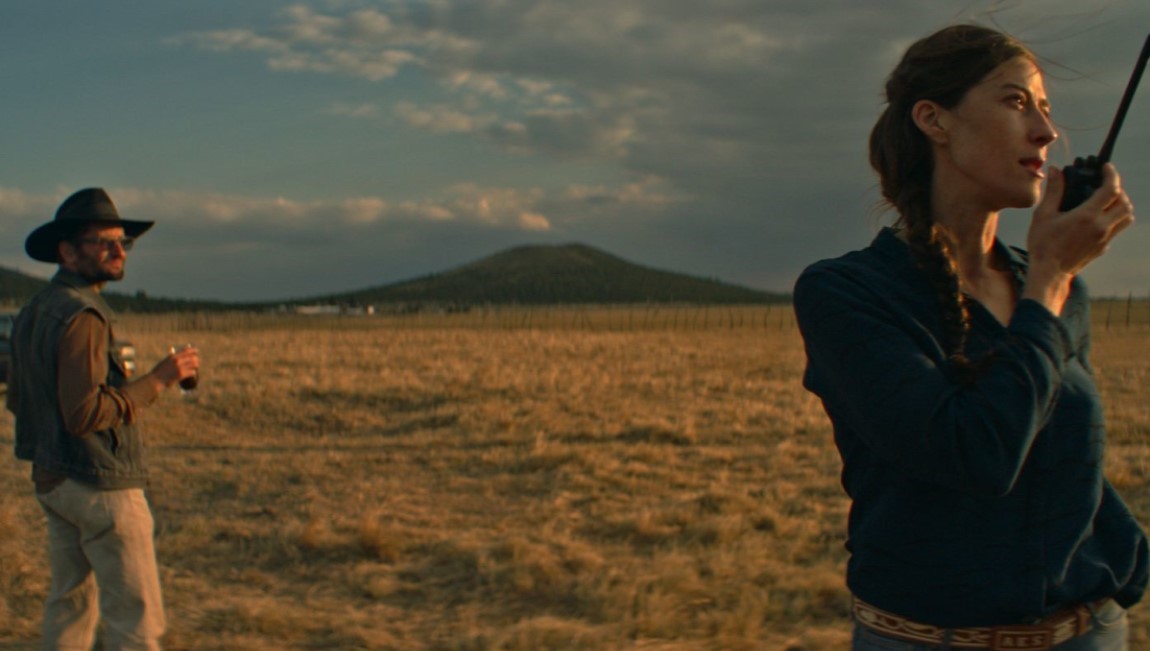The Two Sights can get a bit bogged down in esoteric gobbledygook, but Bonnetta’s image-making and aural noodling make for a mostly compelling ethnographic work.
Filmed on the Outer Hebrides of Scotland — a series of small islands off of the country’s West coast — over the span of two years, The Two Sights is a work subsumed in a mystic sense of time and place: the locals, whose worn voices are interwoven throughout but never seen (their testimonials are also subtitled, which is a tad distracting for a piece that employs the entirety of the frame), speak of the “second sight,” an ability to witness premonitions of future events, a practice and belief that’s fallen out of fashion with the dwindling population. Bonnetta, thusly, opens with such a vision: viewers bear witness to him mounting a boom mic on top of a large hazy green hill, a lone, desolate figure against the elements; it’s the same movement that closes the film, a cyclical and thematically-fitting ending — though also one that feels manufactured in a cloyingly-fashioned manner, paying lip-service to a deadening throughline.
So the titular dual sights can best be understood not in a literal sense, but a figurative one: between visual and aural understanding. The Two Sights was shot on 16mm, bringing with that illustrious descriptor a textural richness to the Highlands — captured with some densely colorful hues in the day; clouded blotches of darkness at night — that imbues the location with an eerie sense of supernatural dread. In an era where documentaries are mass-produced and envisioned with little artistic ambitions beyond three-point lighting on a series of boring talking heads (all following rigid technical formatting rules imposed by streaming services, with the hopes to then being mass-distributed as well), the central strength of the contemporary ethnographic feature is its ability to utilize and explore the intrinsic cinematic qualities of the given medium without being beholden to a strict narrative logic or structure. On that merit alone, The Two Sights is an accomplished piece of nonfiction filmmaking and is worthy of some consideration; on a shot-by-shot basis, one would need no context to understand the subtle vigor and ephemeral beauty of the images presented. There’s a clear sense of eloquent sensitivity with each camera movement and edit, one that eliminates the need for such intrusive dramatic devices that eventually do seep through; though it would be a little unfair to designate what Joshua Bonnetta interjects here as such. The use of sonic montage and non-synchronous sound intensifies the sentiment, all recorded after the fact (Kodak film stock doesn’t shoot sound), which displaces each landscape outside of a strict time-based binary of “past” or “present.” And so, with the thematic underpinnings about esoteric gobbledygook proving to be the film’s most glaring flaw, it’s perhaps best to look and examine “what is” versus “what could be,” as that will reap far greater rewards.







